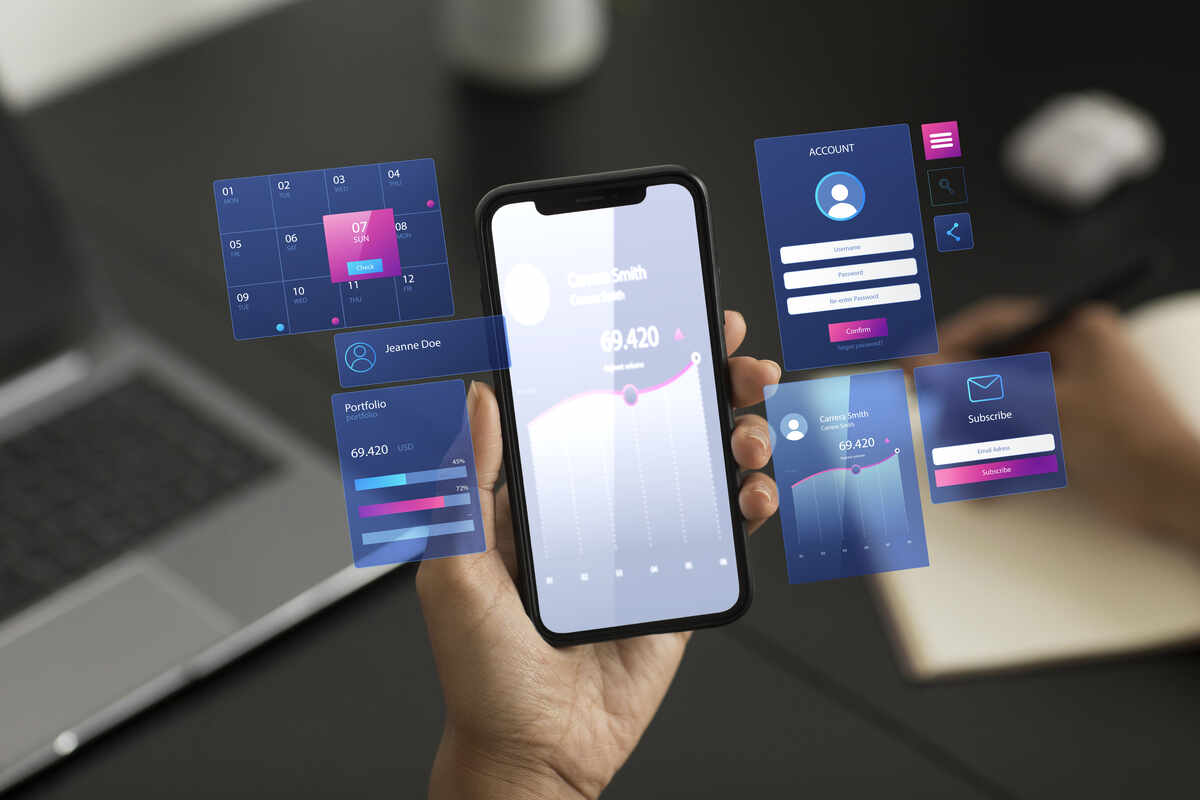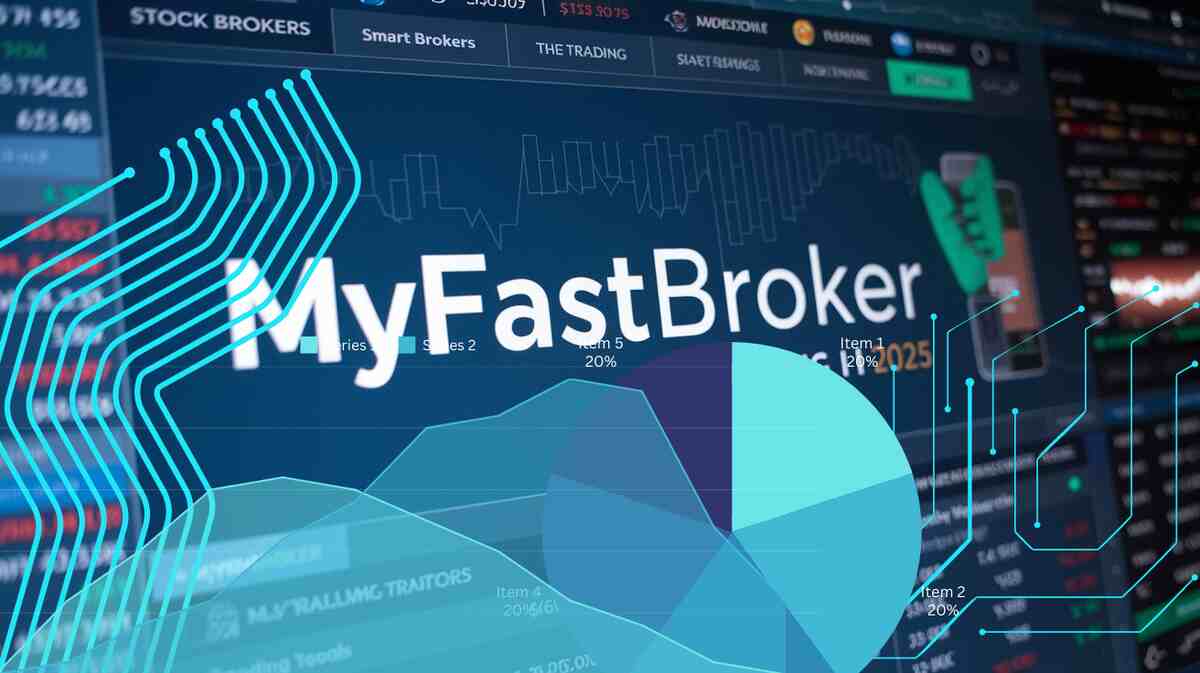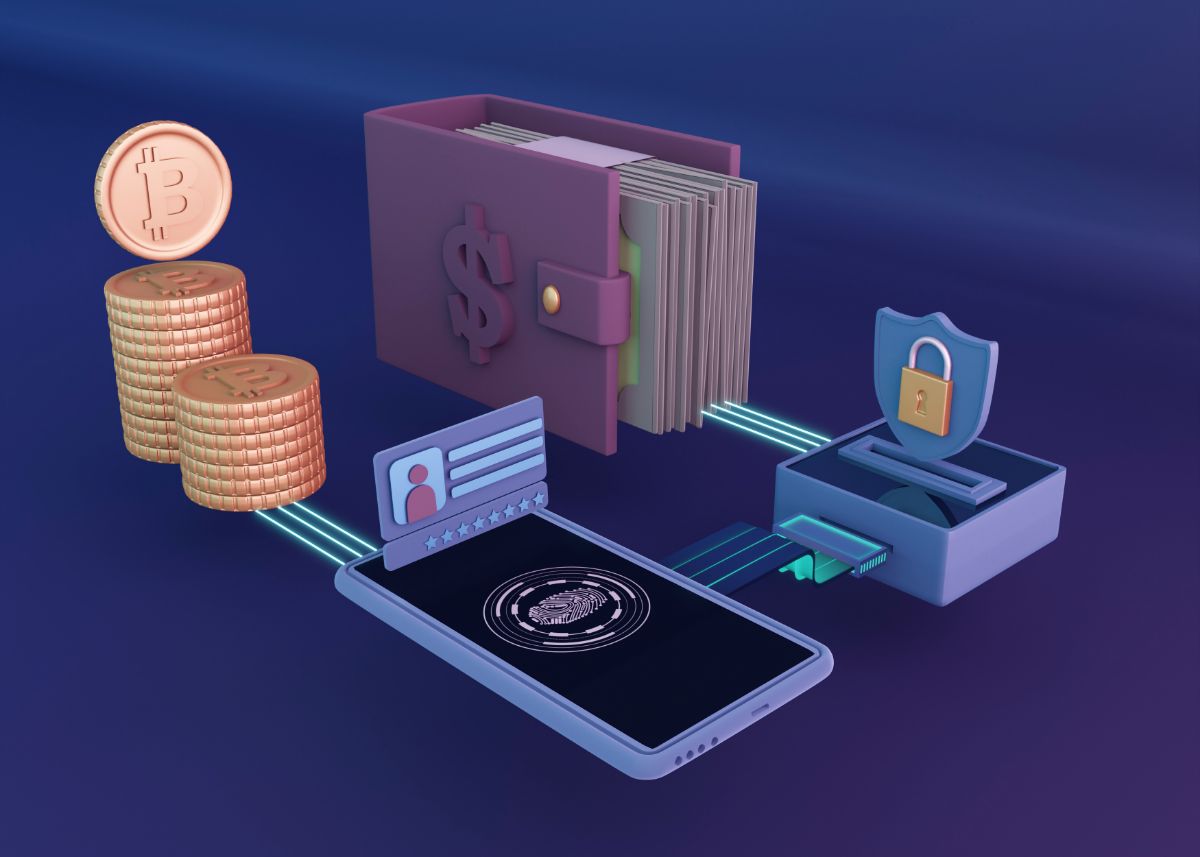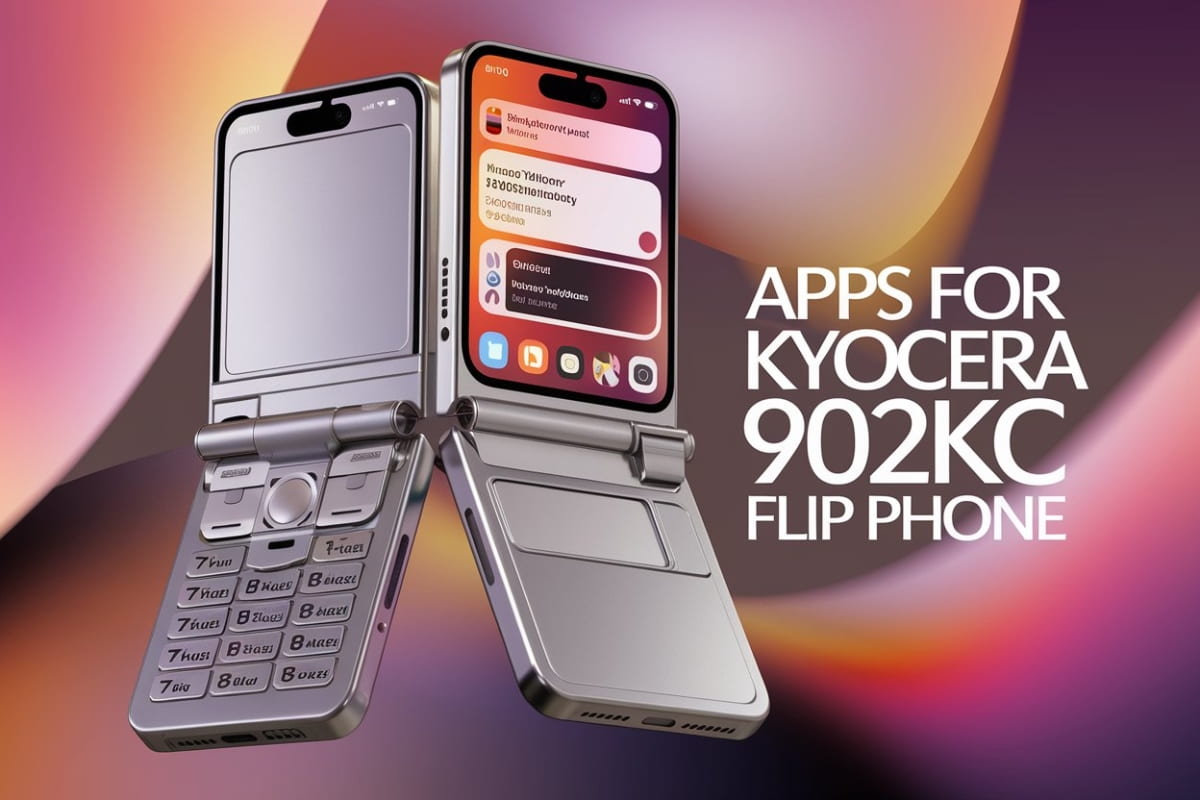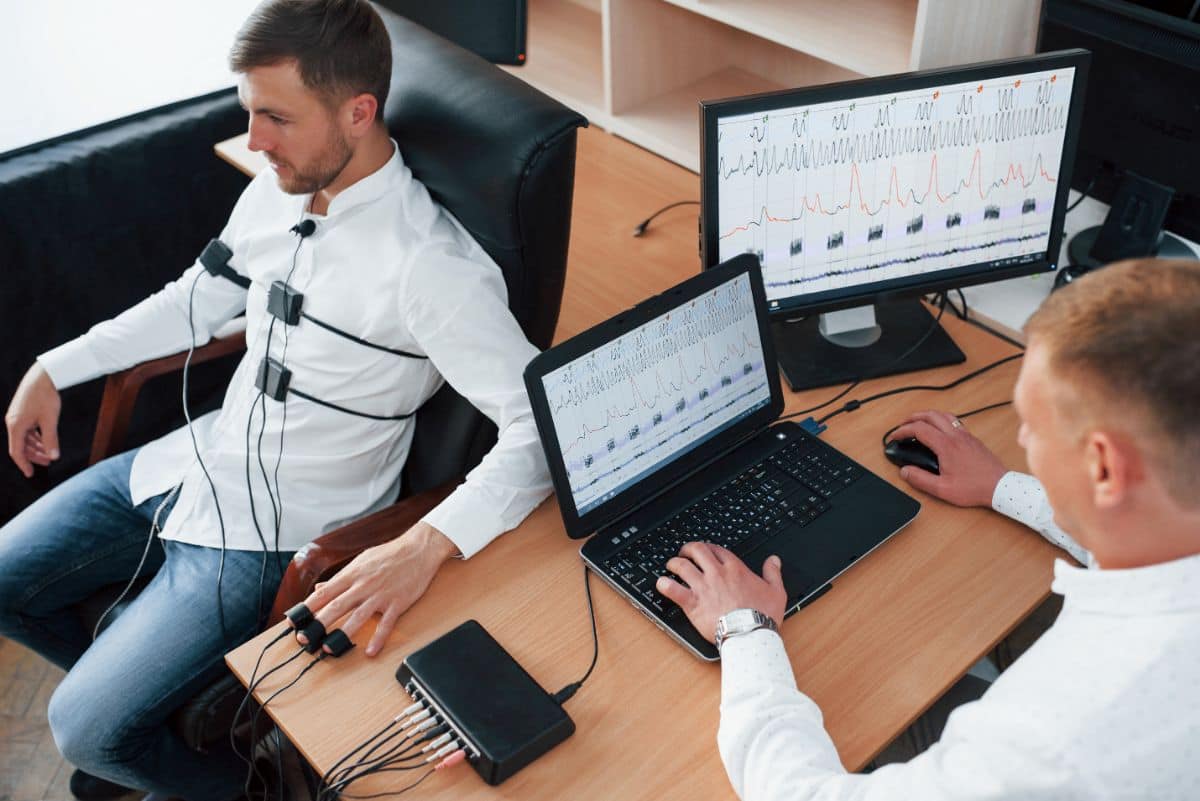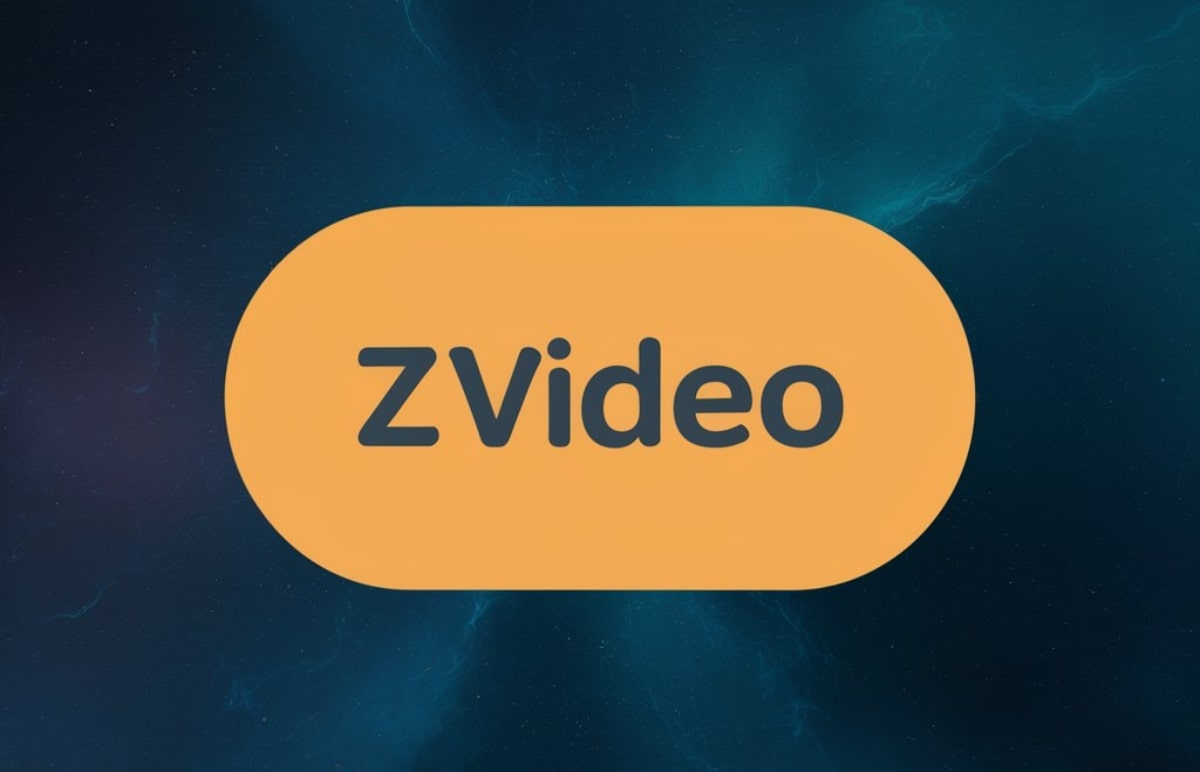Smart Music Software has become a transformative tool in modern music education. Designed to support both teaching and learning, it combines interactive sheet music, real-time feedback, and performance analytics into a single powerful platform. Whether you’re an educator managing classes or a student looking to improve practice sessions, Smart Music offers an all-in-one digital solution.
What Is Smart Music Software?
Innovative Music Software is a cloud-based platform designed to support music practice, teaching, and performance assessment. It lets musicians play along with digital sheet music, get real-time feedback on pitch and rhythm, and steadily build technical skills at their own pace.
Key Attributes
- Type: Web-based music learning and practice platform
- Ideal For: Students, music teachers, and solo musicians
- Unique Value: Combines interactive play-along features with built-in performance assessment and feedback
- Access & Compatibility: Runs in the browser on major operating systems, including Windows, macOS, and Chromebooks
How Smart Music Software Works
Using Smart Music Software is like having a virtual music coach. You select a piece from the digital library, perform it with accompaniment, and the software provides real-time analysis of your pitch, rhythm, and overall accuracy. This immediate response helps you identify mistakes as you play, rather than waiting for a lesson or evaluation later.
Practice Flow
First, you choose a piece from the built-in digital library that matches your level or assignment. Then, you practice using features like adjustable tempos and looping, which let you slow down difficult passages and repeat them until they feel comfortable.
After that, you can record your performance directly in the software. Once recorded, Smart Music Software generates detailed performance feedback, highlighting where you were in tune or out of rhythm and how closely you matched the score.
Finally, each session can be saved so you can review your progress over time. By comparing past recordings and feedback, you can clearly see how your technique, accuracy, and musicality are improving.
Support for Independent Learning
Because the platform is interactive and responsive, it reinforces correct techniques without requiring a teacher to be present at every practice session. This makes it a powerful tool for independent learning, helping students and musicians stay motivated, focused, and continually improving.
Top Features of Smart Music Software
Interactive Practice Engine
Innovative Music Software includes an interactive practice engine that gives visual feedback on pitch and rhythm while you play. You can isolate and loop challenging measures, slow down difficult passages, and adjust the tempo without changing the pitch, making it easier to master complex sections step by step.
Expansive Sheet Music Library
The platform offers an extensive digital sheet music library with over 13,000 titles. This collection includes solos, ensemble pieces, and method books, along with licensed works from major music publishers, so students and teachers can always find appropriate material for lessons, rehearsals, and performances.
Smart Assessment Tools
Built-in assessment tools allow performances to be auto-graded based on custom rubrics set by the teacher. A centralized teacher dashboard makes it easy to assign pieces, track student progress, and review submitted recordings. Students can record their performances, listen back, and use the feedback to refine their skills over time.
Web-Based Convenience
Because it is entirely web-based, Smart Music Software can be accessed from most modern browsers. This makes it ideal for remote learning, hybrid classes, and flexible home practice. No software downloads or installations are required, which simplifies setup for schools, teachers, and students.
Benefits of Using Smart Music Software
key benefits of music for mental health – boosting focus, confidence, self-expression, and helping express negative emotions effectively.
Improve Focus on Work or Study
Music can significantly improve focus during work or study sessions by creating a calm and structured environment. It is easier to focus on difficult work while you are listening to instrumental or gentle background music, which helps filter out distractions. Research suggests that certain genres, like classical or ambient music, can enhance cognitive performance and memory retention. For students, this means studying becomes more effective, while professionals can complete tasks with improved accuracy and productivity. By maintaining attention and reducing stress, music becomes a vital tool for enhancing focus and improving performance in both academic and professional settings.
To Boost Confidence
Music has the power to uplift moods and boost self-confidence. Energetic and motivational songs can inspire individuals before important events, presentations, or performances. The rhythm and lyrics can trigger positive emotions, encouraging people to believe in themselves and take bold steps. For athletes, music can create a winning mindset, while for students or professionals, it reduces anxiety and increases readiness to face challenges. By influencing the brain’s reward system, music enhances dopamine release, making individuals feel more optimistic and self-assured. With the right playlist, music transforms nervous energy into motivation, empowering people to achieve their goals with confidence.
As a Form of Expression
Music serves as one of the most powerful forms of self-expression, enabling individuals to convey emotions, thoughts, and experiences that words often struggle to describe. Whether through singing, playing instruments, or simply listening to relatable lyrics, people connect deeply with their inner feelings. This process helps individuals understand themselves better and foster creativity. For many, composing or performing music serves as a therapeutic outlet to share personal stories and express cultural identity. It builds stronger emotional connections with others and provides a safe space for self-reflection. Music as expression not only strengthens individuality but also nurtures empathy and social bonds.
To Express Negative Emotion
Music provides a safe and constructive way to express and release negative emotions such as sadness, anger, or frustration. Instead of suppressing these feelings, individuals can listen to songs that resonate with their mood, helping them process emotions in a healthier way. Playing or writing music allows a person to channel negative energy into creativity, turning pain into art. This emotional release often leads to catharsis, which reduces stress and improves mental well-being. By validating feelings through relatable melodies and lyrics, music helps people realize they are not alone, offering comfort and emotional healing during difficult times.
Smart Music Software Plans and Pricing
Smart Music Software is typically offered through tiered subscription plans so that schools, teachers, and individual musicians can choose what fits their needs and budget. While exact prices can vary by region, promotion, or institution type, the overall structure usually looks like this:
| Plan | Target User | Key Features | Approx. Cost |
|---|---|---|---|
| Free | Trial & casual use | Limited content, basic playback tools | $0 |
| Student | School learners | Full library access with assignments | ~$20/year |
| Teacher | Music educators | Assignments, grading tools, full content | ~$40/year |
| Classroom | Institutions | Group access, teacher management console | Custom Pricing |
Smart Music Software offers cost-effective solutions for both individual and institutional users.
Getting Started with Smart Music Software
Getting started with Smart Music Software is straightforward and doesn’t require any technical background. Once you sign up, you can quickly move from creating your account to practicing with interactive sheet music and feedback tools.
Account Setup in a Few Steps
To begin, visit the official Smart Music Software website and create an account. During registration, you’ll be asked to select your user type—student, teacher, or administrator—so the platform can tailor the experience to your role.
If you are a student, you can join an existing class using the code or link provided by your teacher. Educators and admins can create their own courses, add students, and start assigning music. Once your profile and classes are set up, you can immediately explore the sheet music library and begin using the practice tools.
Pro Tips for Effective Practice
For the most accurate and detailed feedback, it’s best to use headphones while practicing. This helps the software clearly distinguish your sound from the accompaniment and ambient noise. Short, consistent practice sessions tend to be more effective than occasional long ones, so try to build a routine with focused goals each time you log in.
Make a habit of reviewing your past recordings and feedback. Comparing older performances with more recent ones will help you see clear evidence of your progress and identify areas that still need attention.
By following these practices, users can unlock the full learning potential of Smart Music Software and turn regular practice into measurable musical growth.
Smart Music Software: Pros and Cons
Smart Music Software offers a powerful blend of technology and music education, but like any tool, it comes with both strengths and limitations. Understanding these can help students, teachers, and schools decide how it fits into their practice and teaching routines.
| Pros | Cons |
|---|---|
| Real-time music feedback | Requires consistent internet access |
| Extensive, searchable music library | Premium features require a subscription |
| Web-based and device-friendly | Learning curve for new users |
| Useful for remote and hybrid instruction | May not support all instrument types |
Why Smart Music Software Is a Game-Changer in Music Education
Today’s classrooms require adaptive and tech-integrated solutions. Smart Music Software enables teachers to deliver personalized instruction at scale while providing students with tools that make practice more engaging and effective. It encourages a self-guided learning environment where progress is measurable, assignments are manageable, and creativity is nurtured.
Smart Music Software vs Traditional Methods
| Feature | Smar tMusic Software | Traditional Practice |
|---|---|---|
| Instant Feedback | Yes | No |
| Built-in Assessment | Yes | No |
| Sheet Music Accessibility | Online Library | Physical Copies |
| Teacher Monitoring & Grading | Automated | Manual |
| Flexibility & Portability | High | Limited |
Conclusion
Absolutely. If you’re involved in music education or performance, Smart Music Software can streamline your workflow, accelerate learning, and provide meaningful insights into performance quality. From comprehensive feedback tools to its vast music library, Smart Music Software supports a modern, data-driven approach to music mastery—whether you’re teaching, learning, or performing.
Frequently asked questions (FAQs)
What instruments are supported by Smart Music?
Smart Music supports a wide range of instruments, including band, orchestra, and vocal instruments, as well as piano, guitar, strings, woodwinds, brass, and percussion.
Can Smart Music be used offline?
No, Smart Music requires an internet connection as it is entirely cloud-based.
Is there a mobile app for Smart Music?
While optimised for browser use on tablets and Chromebooks, a dedicated mobile app is not currently available.
How does Smart Music help with grading?
Teachers can assign pieces, set rubrics, and receive auto-graded submissions based on pitch and rhythm accuracy.
Can individuals use Smart Music without a school license?
Yes, solo musicians can subscribe to an individual plan and access the full features independently.





